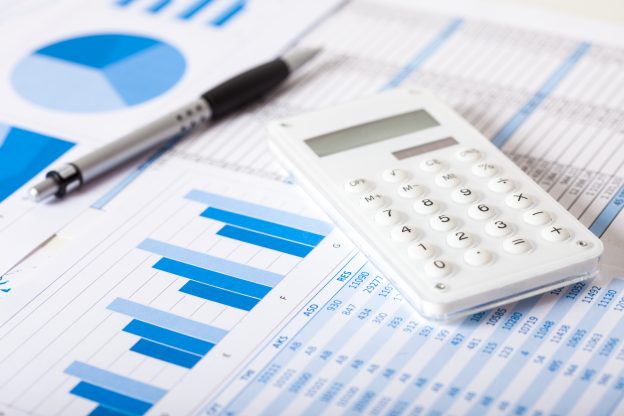Tandem perovskite-silicon solar energy conversion efficiency can get even higher. Recently, Swiss scientists set a new record, with efficiency exceeded 30% for the first time. This new milestone not only broke the upper limit of silicon solar energy, but it also used a low-cost and easy-to-scale manufacturing method.
Silicon solar cells have always been the most common solar material, due to its high efficiency and durability. With an increasing number of devices, cost has fallen but the conversion efficiency of silicon solar cells has its limitations. The theoretical limit of the material is 29.4%, so there is not much room for growth in efficiency today.
Now that perovskite solar material is on the scene and can be connected in tandem with silicon solar energy, it allows silicon crystals to absorb red light and infrared light with the perovskite responsible for the green and blue spectrum, multiplying the effect of the two materials. According to past research, perovskite-silicon solar energy conversion efficiency set a record of 25.2% in 2018 and then increased to 27.7% and 29.15% in 2020. In 2021, the efficiency broke another record and increased to 30%.
Now the Swiss Federal Institute of Technology Lausanne (EPFL) and the Swiss Center for Electronics and Microtechnology (CSEM) have reached a new milestone through two technologies. The first method is to deposit a perovskite layer in a liquid on a smooth silicon solar energy unit, creating efficiency up to 30.93% in a 1 square centimeter solar energy battery. The second uses a hybrid vapor and liquid solution technique to deposit perovskites onto textured silicon surfaces, yielding 31.25 percent efficiency for a 1-square-centimeter solar cell.
The research team said the next step in the research is to test to what size the solar cells can be scaled up and to assess service life. Tandem perovskite-silicon solar conversion efficiency has the potential to exceed 30% but this is the first measured long-term potential that could pave the way for a cheaper and more sustainable power supply technology, said Christian Wolff, a senior researcher on the EPFL team.
(Image:CSEM)







